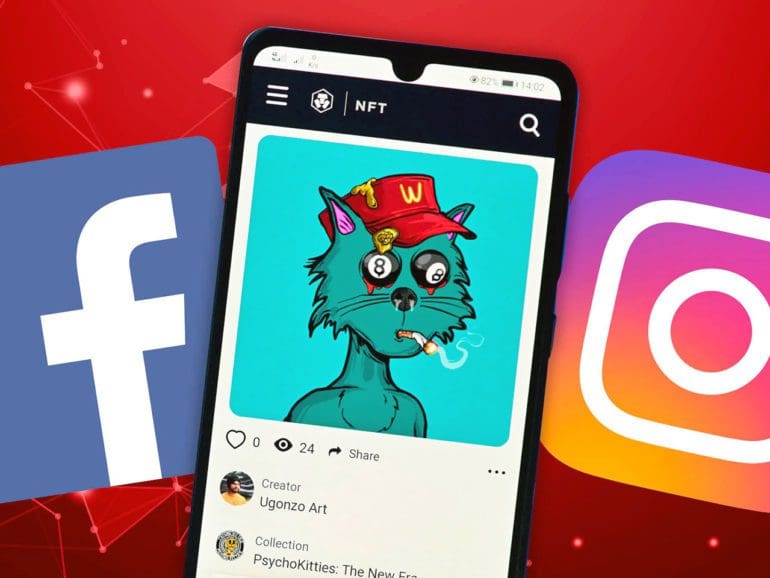The following is a guest post from Yan Ketelers, CMO at Venly.
The sales of non-fungible tokens (NFTs) fell steeply to a daily average of about 19,000 in early May, a 92% decline from a peak of about 225,000 in September, according to the data site NonFungible.
On top of that, the number of active wallets in the market shrank by 88% compared to November.
Pretty bleak, right?
“Is this the beginning of the end of NFTs?” asked Wall Street Journal in the viral article. But talks of a crash were quickly neutralized by other data points. At the beginning of May, the trading volume per day in US dollars on Ethereum NFTs was some of the highest since February, with OpenSea seeing almost $550 million in volume on May 1 alone.
“Flatlining” may not be the order of the day, but there are certainly some significant developments in the NFT market. Let’s dive in.
What is this all about?
From songs to stocks, NFTs have become a wildly promising medium that millions of investors got excited about. In a market that saw a gigantic $17.6 billion volume at the end of 2021, a market slowdown is bound to raise concerns among those that invested large sums of money no matter what.
So, what’s been behind the dip? The first thing is that the market is oversaturated with NFTs, and the FOMO is dead. The imbalance between supply and demand is so high that there are five available tokens for every buyer out there. And the dwindling interest doesn’t help, with Google reporting an 80% drop in NFT search activity.
Less buying means lower prices, with the prime example being the famous Bored Apes, whose starting price has halved after seeing a gleaming $400,000 in April.
The second catalytic reason is the bad state of the market. The Federal Reserve has recently hiked interest rates by 0.5% – the biggest rise in two decades. And while the Labor Department has confirmed inflation was down a small amount, the numbers weren’t satisfactory to convince markets there wouldn’t be another interest rate hike. These developments are particularly explosive for risky bets in financial markets, which can hit traditionally speculative assets hard. For NFT owners, their investments are generally worth significantly less than what they bought them for.
However, it’s worth noting that while NFTs are having a hard time, the whole economy is in strife, too. The tech-heavy Nasdaq Composite exchange is down 23%, Apple and Amazon are down 12.5% and 30%, respectively, and consumer-facing companies are bracing for impact.
Are NFTs losing their momentum?
There’s no need to condemn NFTs to a grim fate. We should remind ourselves that NFTs are only a four-year-old technology that has been in the public eye for about a year or so. As it’s still in its infancy, we’re bound to see both success and failure.
A partial bust is inevitable. “98% of NFT projects that came out in 2021 will likely end up being bad investments for many that bought them. The supply of NFT tokens is outpacing the demand,” tweeted Gary Vaynerchuk famously. This means that while some investors are bound to lose their money when low-quality collections get filtered out, we could now see a critical inflection point for the entire future of the NFT space.
The current situation is a reality check for what NFTs have to become attractive to buyers, making sure they highlight three key elements: community, culture, and utility. We’re living a tangible reminder for projects to give more value – or they will be left behind along with investors with emptied pockets.
A great example of this is LinksDAO, a web3 project building a global golf community on the blockchain. From governance rights to event access and merchandise, they’re leveraging the technology to forge new connections and create a close-knit tribe of people around a cause they enjoy.

A shift towards purpose
The majority of today’s market remains superficial, lacking a clearly defined underlying purpose. Only when NFTs play far more important roles will they live up to their full potential – in fashion, gaming, commerce, finance – as community builders, enablers, and pillars of our future digital realities. The market needs to overcome its gold rush stage and focus on solving problems and working to improve blockchain functionalities, including the environmental toll of some of the chains.
Goldman Sachs’ Head of Digital Assets has recently told Financial Times that the investment giant was exploring the use of NFTs to hold and trade financial instruments. Companies like GeneNFTs, on the other hand, are advancing the use of the tokens for one’s control over their genetic data.
Art, avatar, and metaverse character NFTs shouldn’t disappear but should provide more value. The market is ready to welcome more diversified usage, no doubt. We’re now seeing a restart, and it’s the perfect time for redirection.


